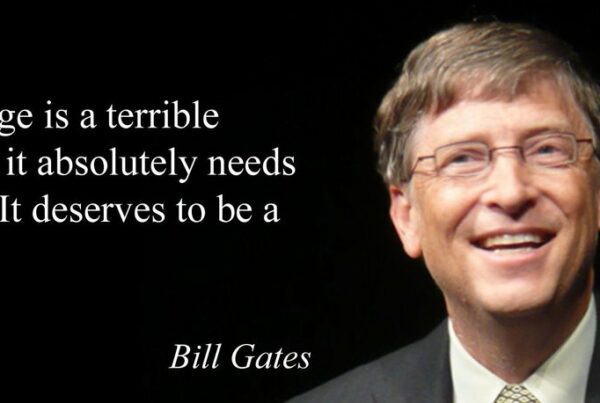The post-Covid world is at an interesting juncture — to forge forward on a path of digital acceleration or to stall out and return to pre-pandemic habits. A lot of people have a vision in their mind of what they want the next normal to look like whilst also longing for the familiar. I get it, pandemic fatigue is real. But when it comes to digital acceleration, the companies that are getting ahead and staying ahead across every industry are the ones that adopted digital transformation early on and continue to direct energy towards new efforts and partnerships between IT and the business.
69% of boards of directors have reported to Gartner that they plan to continue the acceleration. To prevent “digital backsliding,” technology leaders can take a series of approaches to keep teams accountable, maintain executive enthusiasm and buy-in, and force clarity amongst partners.
Christie Struckman, Vice President in Gartner’s Leadership, Culture, and People research team, hosted a webinar to discuss new research and findings to best address this multi-layered moment that organizations are having and “Evaluate what needs to change so that you can move confidently toward the strategy of your enterprise.”
Summary and highlights:
- “Digital backsliding” is the return to the use of nonstrategic processes, practices, and/or technologies.
- Struckman recommends a three-part process to support digital acceleration: Pause, Evaluate, and Teach.
- “Pause” is a literal direction to stop and reflect on how things are working right now.
- “Evaluate” is a direction to take time for reflection. This could take the form of an inter-mortem, which is especially useful when discussing digital acceleration that took place during the pandemic (e.g., Rolled out Microsoft Teams in two days; distributed15,000 laptops to all employees in three weeks; conducted virtual board meetings, etc.).
- Categorize initiatives in “retain,” “reinvent,” and “return” columns. Next, evaluate each initiative’s strategy, cost-efficiency, and productivity. This exercise will give more clarity around the structure of the organization and activities, heading into the next normal.
- “Teach” is a phase for taking the findings of the inter-mortem and using them to adjust behaviors through levers, such as systems, processes, and/or practices.
Here are examples of changing expectations and the bias of how work is done within an enterprise:
- From “We replace complete functionality” to “We iterate functionality” (e.g., Agile development)
- From “Roll out as slow as we can” to “Roll out as fast as we can”
- From “Many capabilities concurrently” to “One capability at a time”
- From “Five No. 1 priorities” to “One No. 1 priority” (prioritization and clarity forces partners to what they want to do)
- From “IT develops solutions” to “Enterprise develops solutions”
- From “IT owns adoption” to “Business owns adoption”
The reality is that things are accelerating, not slowing down; therefore, companies must be willing and ready to buy into a new game plan and pick up the pace. Every tech leader’s objectives should be around maximizing this transformational moment and its potential in the long run. An inter-mortem conversation within the organization that can illuminate initiatives in a new light is a helpful checkpoint to encourage forward momentum in the digital transformation journey.










